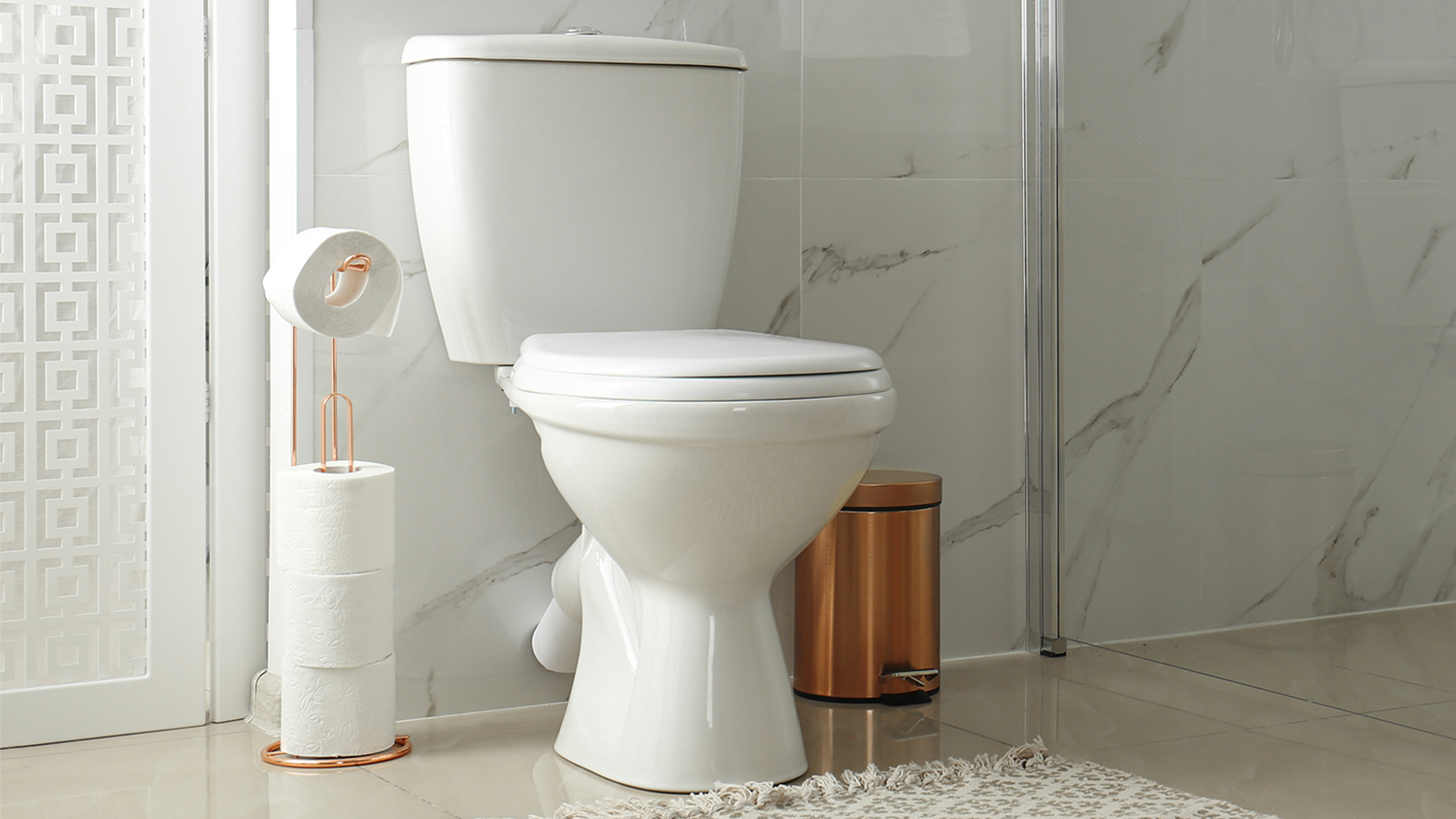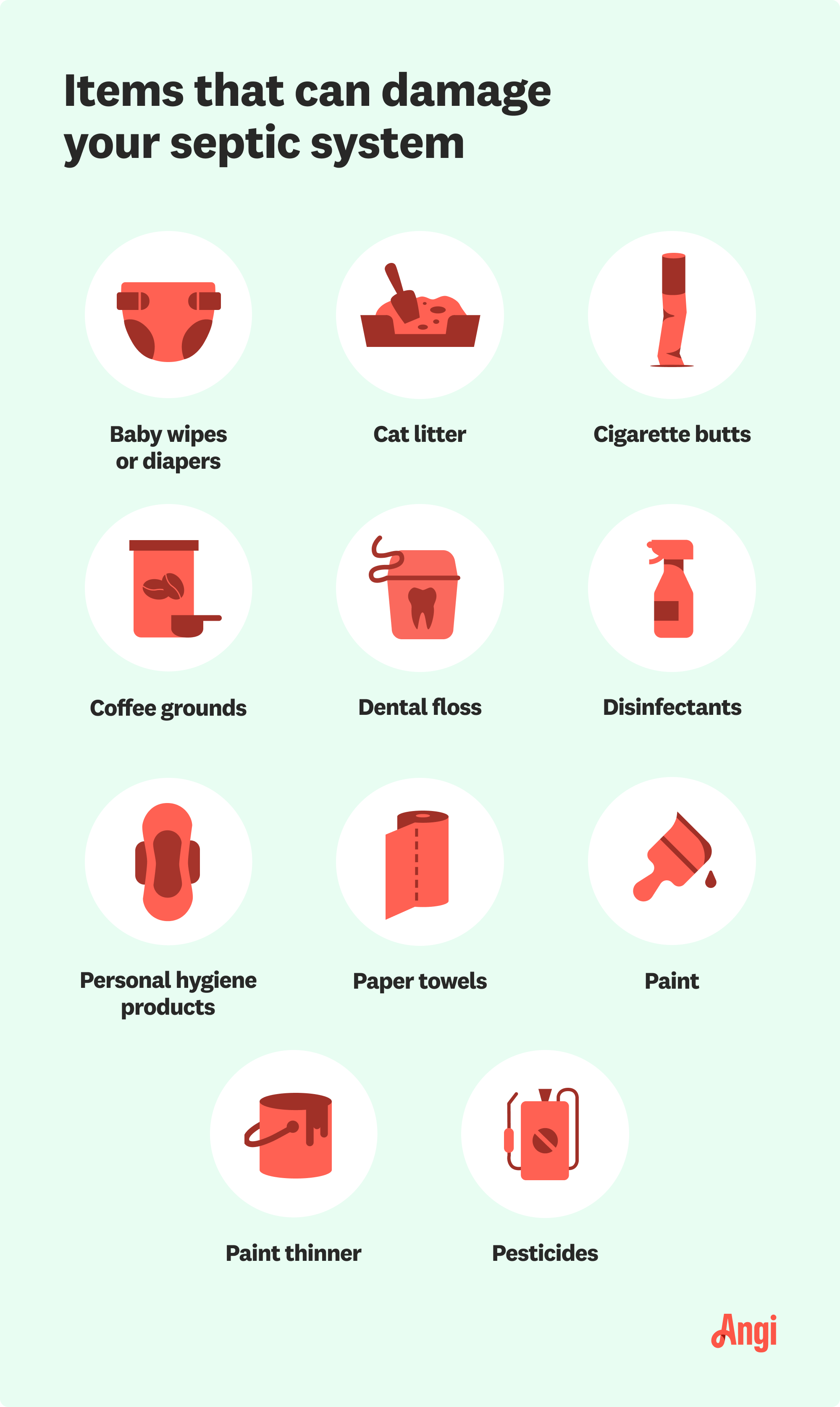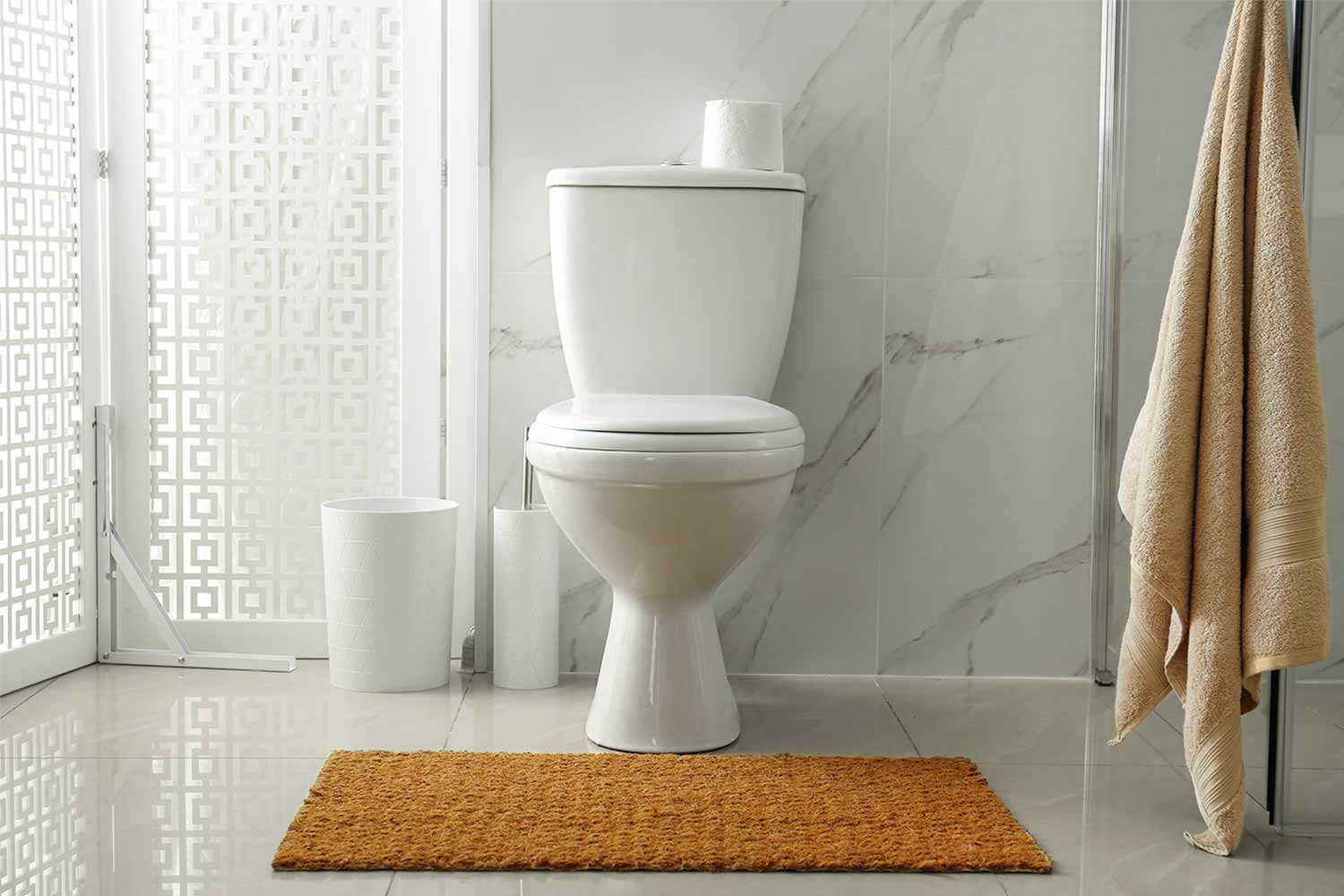
Need to know what sewer line replacement costs in Detroit, MI? This guide will help you prepare to budget for sewer line replacement done by local contractors.
Sewer line camera inspection costs average $1,000, with an average range from $270 to $1,731. Factors include pipe length, access points, and technology used.


The main sewer line camera inspection cost factors include the length of the sewer line, materials, and the type of camera technology used.
Standard camera inspections are the most affordable at $150 to $300, while specialized technology can cost up to $1,500.
Hiring a professional costs $75 to $150 per hour and ensures a thorough inspection and accurate results, which adds peace of mind.
Emergency or rush service adds $100 to $300 to your project costs.
This article was created using automation technology and thoroughly fact-checked and edited by an Angi Editor in accordance with our AI policy.
Sewer line camera inspection cost is a key consideration for homeowners facing slow drains or suspected pipe issues. The average sewer line camera inspection costs $1,000, with most homeowners spending between $270 and $1,731. Prices vary based on pipe length, access difficulty, and the type of camera technology used. Most inspections are priced per visit, not per foot. Regular inspections can be especially valuable for older homes or properties with large trees nearby.
Understanding the different factors that influence sewer line camera inspection cost helps you budget wisely and avoid surprises. Let’s break down each element that impacts the final price you’ll pay for this important service.
The technology used during your inspection plays a major role in the overall cost. A basic inspection uses a standard-definition camera to check for blockages and damage. Advanced inspections may involve high-definition (HD) cameras, 360-degree imaging, or equipment that records and stores video for later review. Specialty inspections might be required for unique problems or commercial properties.
A basic inspection is generally sufficient for routine maintenance or when checking for common clogs. However, if you need detailed documentation, have a complicated system, or want to confirm the condition before a major repair, advanced technology may be necessary. More advanced or specialty inspections come at a higher price point due to the need for specialized equipment and expertise.
| Inspection Type | Description | Average Cost |
|---|---|---|
| Standard camera | Basic visual inspection, no recording | $150–$300 |
| HD camera | High-resolution video, possible recording/report | $300–$600 |
| Specialty camera | 360-degree, self-leveling, or for unique pipe materials | $600–$1,500+ |
The length of your sewer line has a direct impact on inspection cost. Shorter lines take less time and require less equipment, resulting in lower charges. Most homes have sewer lines between 50 and 100 feet. Longer lines or properties with multiple branches can increase both time and cost. Inspecting several lines or additional branches may lead to extra fees.
| Pipe Length (Ft.) | Description | Average Cost |
|---|---|---|
| Under 50 | Small homes, easy access | $175–$250 |
| 50–100 | Standard home sewer line | $250–$400 |
| Over 100 | Large homes, long or complex runs | $400–$800 |
How often you schedule sewer line camera inspections also affects your overall investment. One-time inspections are priced at the standard rate, while annual or recurring inspections may qualify for discounts or package pricing. Regular maintenance contracts are popular for older homes or properties with recurring issues like tree roots.
More frequent inspections are recommended if you have older plumbing, live in an area with clay soil or tree root problems, or have experienced repeated backups. While increased frequency raises short-term costs, it often lowers long-term expenses by catching problems early.
The material of your sewer pipes can influence both the complexity and cost of inspection. PVC pipes are straightforward to inspect and compatible with most cameras. Cast iron, clay, and Orangeburg pipes may require specialized equipment or techniques, increasing both time and cost. Some older or fragile materials may need extra care to avoid damage during inspection.
| Pipe Material | Description | Average Cost |
|---|---|---|
| PVC | Modern, smooth, easy to inspect | $175–$300 |
| Cast iron | Older, rougher, may need advanced cameras | $250–$400 |
| Clay | Common in older homes, fragile, may require specialty cam | $300–$500 |
| Orangeburg | Rare, delicate, high risk of collapse | $400–$800 |
Sewer line camera inspections are typically performed by licensed plumbers or drain specialists. Labor is often bundled into a flat fee for the inspection, but some pros may charge by the hour, especially if the job is complex or requires troubleshooting. Hourly rates for sewer camera inspection professionals range from $75 to $150.
Labor rates vary by region, experience, and demand. Emergency or after-hours service comes with higher fees. If your inspection requires additional work, such as clearing blockages or accessing hard-to-reach pipes, expect labor costs to increase.
Where you live and where your sewer line access point is located both play a part in your total inspection cost. Urban areas or regions with a high cost of living typically see higher rates. If the access point is in a basement, crawl space, or under landscaping, additional labor may be required, resulting in extra charges.
Difficult-to-access lines or those located under driveways or streets may involve special equipment or safety measures, adding to the overall cost.
Tipping is not mandatory for sewer line camera inspection professionals, but it is appreciated for exceptional service or difficult jobs. If you feel your technician went above and beyond, a tip of $10 to $20 is a considerate gesture. If tipping is not customary in your area, a positive review or referral is another way to show your appreciation.

For most homes, scheduling a sewer line camera inspection every one to two years is a smart way to maintain your plumbing and spot issues early. Inspections are also recommended before buying or selling a home, after experiencing major plumbing problems, or if you notice slow drains or unusual smells.
Seasonal changes can impact your sewer system. After heavy rains or before winter, it’s wise to check for blockages or cracks. Signs that indicate it’s time for an inspection include repeated backups, persistent clogs, or wet spots in your yard.
Regular inspections help you avoid emergency repairs and can significantly reduce long-term costs by catching problems before they worsen.
Several add-ons can enhance the value of your sewer line camera inspection, but they will increase the total cost. Many homeowners opt for video recording or digital reports for documentation, especially when buying or selling a home. Locating and marking problem spots is helpful if repairs are needed. Follow-up consultations to review findings provide further peace of mind.
Inspecting additional branch lines or secondary pipes requires extra time and equipment. Emergency or rush service is more expensive, and if blockages are found, you may need hydro-jetting or cleaning—usually a separate charge.
| Add-On | Description | Average Cost |
|---|---|---|
| Video recording/report | For records, insurance, or real estate transactions | $50–$150 |
| Locating/marking problem | Marking repair spots for follow-up work | $40–$100 |
| Follow-up consultation | Review findings in detail with a pro | $50–$100 |
| Additional branch inspection | Inspecting more than one line or secondary pipes | $75–$200 per line |
| Emergency/rush service | Same-day or after-hours inspection | $100–$300 extra |
| Hydro-jetting/cleaning | Clearing blockages found during inspection | $250–$800 |

Some homeowners consider a DIY approach to sewer line camera inspection, especially if they have experience with plumbing or want to save money. Renting a sewer line inspection camera costs $100 to $200 per day, while purchasing a basic model ranges from $300 to $1,000. Advanced cameras with recording features can cost $1,500 or more.
DIY inspections also require additional tools, such as gloves, protective gear, and possibly drain snakes. Homeowners need to be comfortable with the process and understand what they’re seeing on the camera. There’s a significant learning curve, and the risk of missing or misdiagnosing issues is higher without professional training.
In most cases, hiring a pro is the best way to ensure a thorough, accurate inspection and to benefit from warranty protection. Professionals bring experience, specialized tools, and the ability to spot small problems before they become major repairs.
| Method | What’s Included | Average Cost |
|---|---|---|
| DIY (rental) | Camera rental, basic tools | $100–$250 per day |
| DIY (purchase) | Basic camera, tools, no pro interpretation | $300–$1,500+ |
| Pro | Inspection, report, expertise, warranty | $175–$800 per visit |
Consider these cost-saving strategies to make your sewer line camera inspection more budget-friendly:
Schedule inspections during regular business hours to avoid emergency fees.
Bundle inspection with other plumbing services for possible discounts.
Get multiple quotes from local sewer repair and cleaning pros to compare sewer line camera inspection costs.
Ask about package deals for recurring inspections.
Maintain your sewer line to reduce the need for frequent inspections.
Prepare the access point in advance to minimize labor time.
Clarify what’s included in the inspection fee (e.g., report, video, consultation).
Home is the most important place on earth, which is why Angi has helped more than 150 million homeowners transform their houses into homes they adore. To help homeowners with their next project, Angi provides readers with the most accurate cost data and upholds strict editorial standards. We extensively research project costs to develop the pricing data you see, so you can make the best decisions for you and your home. We rely on reputable sources, including the U.S. Bureau of Labor Statistics, academic journals, market studies, and interviews with industry experts—all to ensure our prices reflect real-world projects.
Want to help us improve our cost data? Send us a recent project quote to [email protected]. Quotes and personal information will not be shared publicly.
From average costs to expert advice, get all the answers you need to get your job done.

Need to know what sewer line replacement costs in Detroit, MI? This guide will help you prepare to budget for sewer line replacement done by local contractors.

Need to know what sewer line replacement costs in Austin, TX? This guide will help you prepare to budget for sewer line replacement done by local contractors.

Need to know what sewer line replacement costs in Columbus, OH? This guide will help you prepare to budget for sewer line replacement done by local contractors.

High utility bills are often a sign of trouble. If you’re wondering, “Why is my sewer bill so high?” review this guide for potential causes and fixes.

Wondering if an anaerobic septic system is the right choice for your home? Check out this guide to learn more about how this type of system works.

In order to function properly, your septic tank needs to be regularly inspected and emptied. How often you should get your septic tank inspected depends on a few factors.